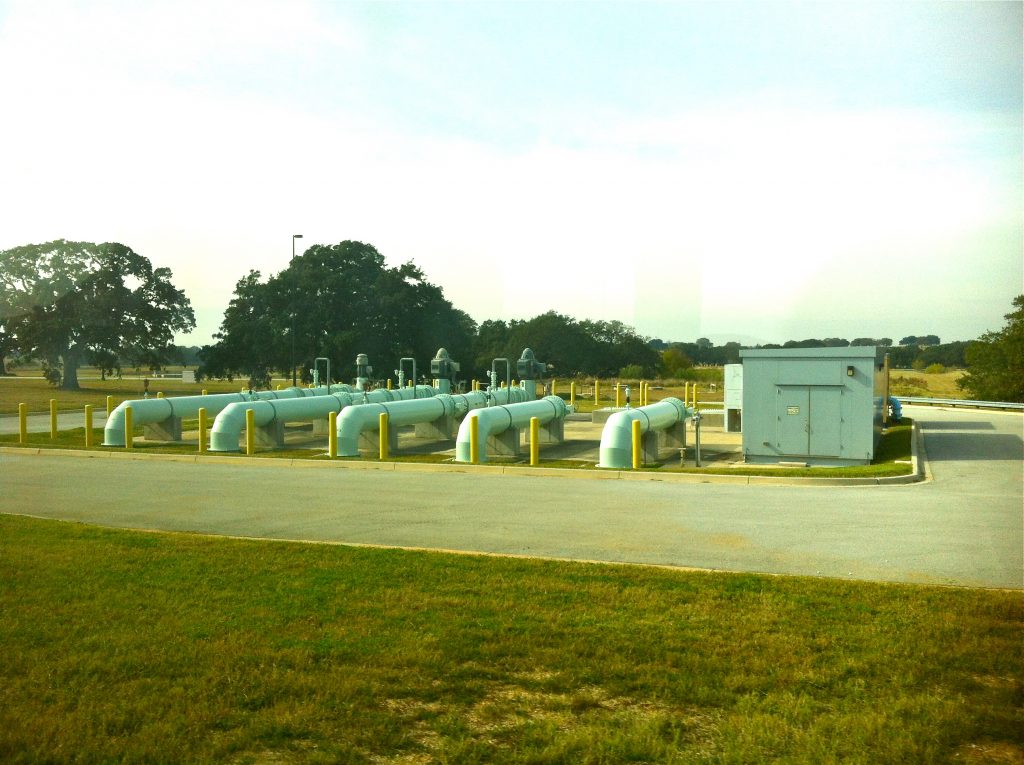
The fourth National Climate Assessment (NCA) has made it crystal clear how the challenges of climate change are impacting our aquifers across the country. Municipalities are turning to new technologies to meet water demands. For many entities, investing in Aquifer Storage and Recovery (ASR) systems seems like a viable solution.
ASR works like this: during times of plentiful water, extra water can be withdrawn from a river (or other source) and then injected and stored within an aquifer. When the original water source runs low due to drought, low rainfall or other causes, this water can then be pulled from the aquifer and used. Some ASR facilities inject treated wastewater rather than surface water into an aquifer, while other facilities inject groundwater from a different aquifer.
The idea behind ASR is not new; nomads have utilized a rudimentary form of this technology for centuries in present-day Turkmenistan. Rainfall captured in trenches is funneled toward and infiltrated into more permeable sand dunes where it is later recovered by way of hand-dug wells. The first ‘modern-day’ ASR facility was constructed in 1968 in Wildwood, New Jersey; this facility is still in operation.
Currently, ASR is utilized in 11 countries. There are 95 facilities in the United States. El Paso, Kerrville and San Antonio were the first three major cities in the state to implement ASR.
Austin Water cites ASR as one of it’s major strategies in their innovative new 100 Year Water Plan called “Water Forward”. They believe ASR will help the city become more resilient in the face of challenges like growing water demands and inevitable drought periods, and makes it less likely that the city will eventually need to import water or take other drastic measures.
In Hays County, scientists at the Barton Springs Edwards Aquifer Conservation District (BSEACD) are looking at ASR as a potential means to alleviate pressure on the aquifer during times of drought.
In areas of the state that have already experienced significant groundwater level declines, ASR as a water supply strategy appears especially pragmatic due to the increased storage capacity in the depleted aquifers. This is especially true in the Dallas metroplex area, where current reservoir strategies are creating heated interregional conflicts.
If you’d like to learn more about the pros and cons of this technology, please read the full article below by The Texas Living Waters Project.